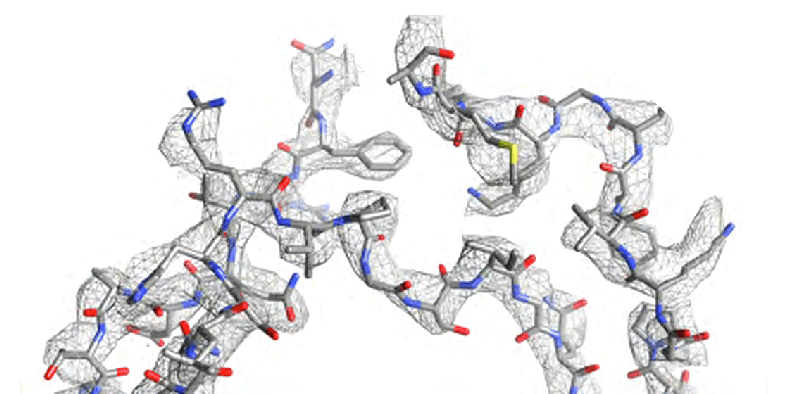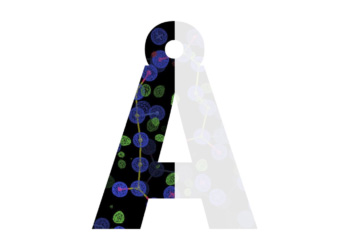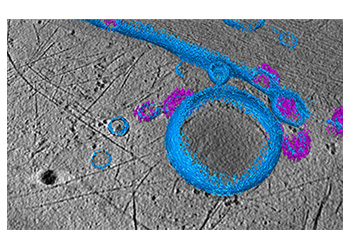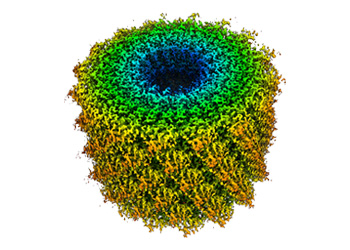DE cameras offer ultimate resolution, sensitivity, and the largest available field-of-view to optimize low-dose applications such as single particle cryo-EM and cryo-tomography. Collect high-quality data quickly, use our powerful movie-mode processing algorithms, and generate stunning and reliable 3D reconstructions.

Since the introduction of our DE-12 detector as the first commercially-available direct detection TEM camera in 2008, the field of biological Cryo-EM has seen an explosion of near-atomic resolution structures. Direct detection cameras have not only dramatically improved data quality, but they have also changed the entire paradigm of Cryo-EM data collection.
Dramatically higher signal-to-noise ratio in each image means particles are easier to align and classify, and fewer particles are needed for reconstructions. With our cameras, you can detect signal all the way up to Nyquist frequency. This enables imaging at lower magnifications and increases the number of particles per image. Our cryo-EM cameras also feature our innovative movie-mode acquisition. The intrinsic dose fractionation enables motion correction of stage drift and beam-induced motion for a clearer picture of particles and structures. Our viewing fields also have better integrated signal across the entire frame in order to improve CTF correction and further boost the resolution of your 3D reconstructions.
Avoid long exposure times and reap the benefits of rapid throughput. Our new Apollo camera uses a unique event-based readout system to count electrons faster than any competing detector on the market, and at a much lower cost. Our 8k×8k DE-64 detector offers a 4x larger physical pixel count than competing detectors, allowing you to image huge fields of view at high resolution.
Our unique combination of performance, throughput, and flexibility have enabled our customers to generate many single particle cryo-EM reconstructions at near-atomic resolution. But perhaps even more important than the absolute resolution (FSC value), reconstructions from DE cameras yield reliable, reproducible, de novo 3D reconstructions and atomic models. In fact, the atomic models from density maps generated from DE cameras have exceeded the quality of X-ray crystal structures of the same specimens (see Wang, et al., Nature Communications 5 (2014), 4808).

Micro electron diffraction (Micro-ED) involves the collection of three-dimensional electron diffraction patterns from proteins or other beam sensitive materials at extremely low electron beam doses. Our Apollo and DE-Series cameras enable the structure of crystals to be mapped using Micro-ED at unprecedented resolutions of as fine as 0.5 angstroms.

The high sensitivity and resolution of our Apollo and DE-Series cameras is perfectly suited for tomography, where the total electron dose must be fractionated into a large number of very low-dose tilt-series images. Despite the low dose in each tilt image, our cameras allow users to visualize Thon rings to do CTF fitting in each tilt image. The exceptional contrast from our cameras produce stunning tomograms so you can clearly visualize the detail you need to see in your experiments.

Our Apollo and DE-Series cameras enable the most efficient imaging conditions for any high-resolution cryo-EM. While some direct detectors require ultra-long exposure times to acquire decent images, our cameras deliver the best image in seconds. Not only does this speed up data collection, it also makes motion correction more effective. Users can fractionate their dose in much shorter time increments than other cameras.

If you have questions about our products, head to our FAQ page, or contact us to learn more.